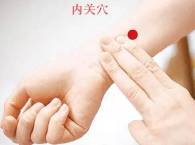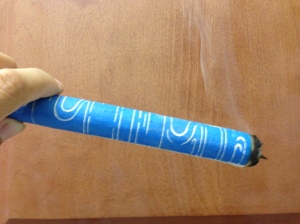Tai chi is a special form of exercise originating in ancient China. The name, Tai chi, translates as ‘Supreme Ultimate Exercise’ or ‘Skill’. Initially, it began as a martial arts practice but developed into forms that the ordinary person can easily adapt as part of a daily routine. Tai chi exercises consist of flowing, relaxed physical movements coordinated with the breath. This effectively links the body and mind in an effort to maintain optimum health.
When we practice Tai chi we have to keep in mind that we have to leg go our tension in our body. When our tension is let go, our mind is much easy to be calmed. This is the mental part. For our body, when we move slowly, more muscles are needed and this will force more blood to move in our body. It in turned to push heart to pump more blood, so our circulation is improved, and our muscle toning will be improved as well. The purpose of Tai chi is to enhance energy levels without the use of external substances. One way to look at this is to compare waking up with a strong cup of coffee, as opposed to relying on your body’s internal resources to start your day.
Tai chi exercises play out as an eye-pleasing dance in its elegance and grace. Performing them should bring satisfaction and joy. In this way, one can look forward to it and find relief from daily stress. This is different than the rush, or massive energy surge, experienced in competitive sports or other rigorous exercises. Tai chi is appropriate for all age groups and is very popular among seniors in China today.
Many forms of Tai chi exist today and most emphasize the use of relatively easy motions. It doubles as a form of meditation to address issues of the mind. This makes it an excellent choice for those needing to unburden their minds from overthinking or anxious thoughts. A great time to practice is early morning, preferably before eating or after a light breakfast. However, there is really no bad time to practice, although it is not recommended right after a heavy meal.
The one of advantages of practicing Tai chi is people can safely perform on their own. Some forms are as easy as standing with the legs shoulder-width apart, as the arms swing slowly in large circles. Even 10 minutes a day of Tai chi exercise can make a difference in someone’s life.
If you are interested in learning more about Tai chi, I highly recommend my Tai chi master’s new book, Zhao Bao Tai Chi Kung Fu (pictures showed on top the page). You can find the book on amazon, https://www.amazon.com/Zhao-Bao-Tai-Chi-Kung/dp/1645704866/ref=sr_1_1?dchild=1&keywords=zhaobao+taichi&qid=1589490358&sr=8-1















